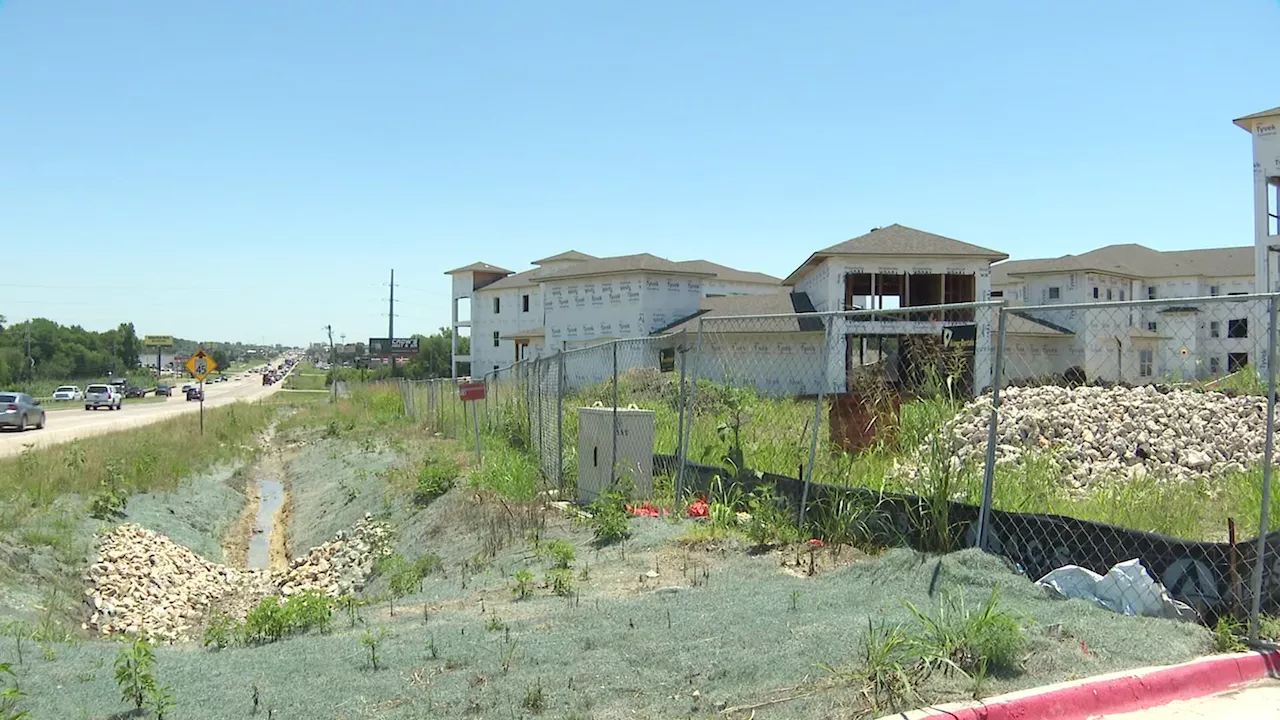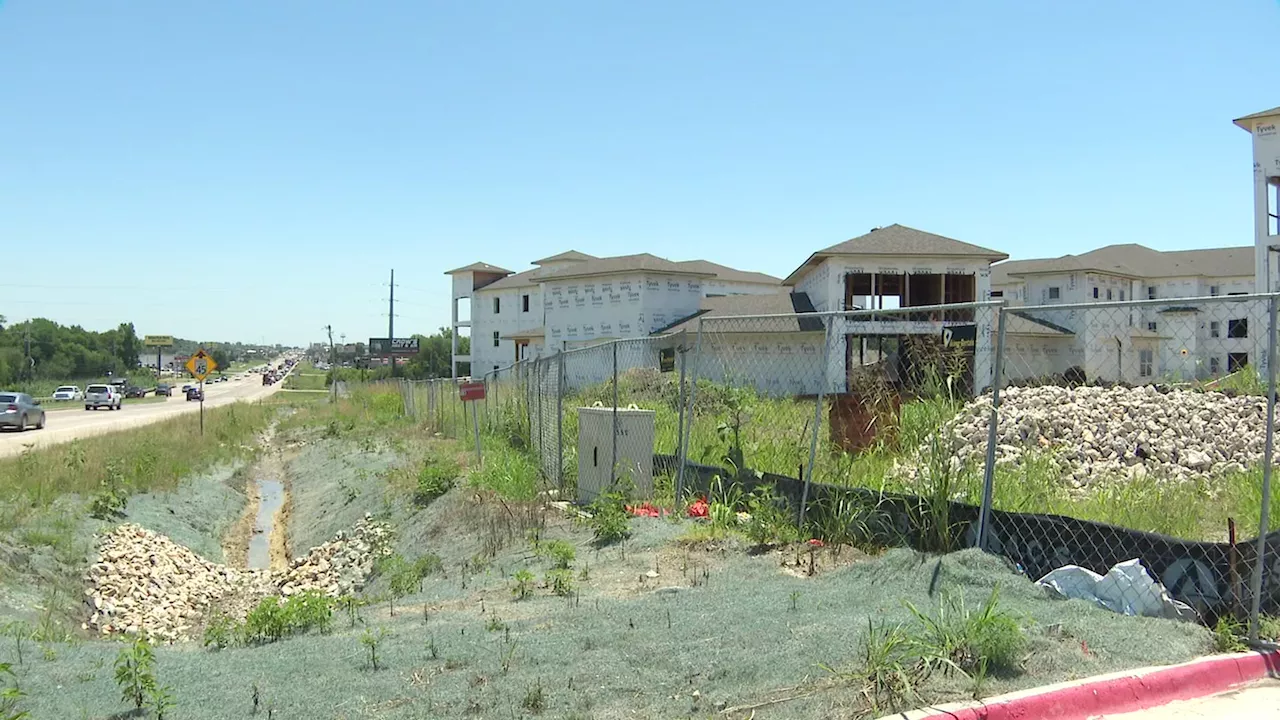The global push to decarbonize is accelerating with rapid growth in low-carbon infrastructure across the energy sector. This transition necessitates the use of advanced models and tools for power system planning and operation to address associated challenges. Upcoming elections in numerous countries highlight the importance of deploying clean energy and building local economies to reduce greenhouse gas emissions.
The global urgency to decarbonize is captured by the rapid growth in new low-carbon infrastructure throughout the energy economy. As power systems around the world rapidly evolve to achieve decarbonization objectives, it is crucial that power system planners and operators use appropriate models and tools to analyze and address the associated challenges. Upcoming elections in 60+ countries will shape the future of our planet.
The clean energy transition includes shifting from a system based on fossil fuels to one dominated by clean, renewable energy to reduce carbon emissions and help meet global climate targets. Energy infrastructure must change at an unprecedented rate. The power sector is key because it can deploy clean energy generation technologies, support technologies such as energy storage, and assist decarbonizing other sectors of the economy, such as transportation, heating, and manufacturing.
What should advocates, philanthropists, policymakers, and the private sector do in light of this shift to clean energy? And investment at the local level can bridge political divides. Pew’s bipartisan initiative — which will also include other industry and regulatory experts, equity- and community-centered organizations, and utility representatives — willIn fact, in one model, researchers looked at ways the US could achieve at least a 50% reduction in carbon emissions by 2030. They found using DERs, along with large-scale renewables, could save $109 billion.
Decarbonization Renewable Energy Clean Energy Transition Distributed Energy Resources (Ders) Power Grid Infrastructure
United States Latest News, United States Headlines
Similar News:You can also read news stories similar to this one that we have collected from other news sources.
 Transforming agriculture from carbon source to sink: Study shows potential of carbon sequestration optionsThe food system is one of the most significant sources of greenhouse gas emissions on the planet, making the reduction of emissions in this sector a priority for policymakers around the world.
Transforming agriculture from carbon source to sink: Study shows potential of carbon sequestration optionsThe food system is one of the most significant sources of greenhouse gas emissions on the planet, making the reduction of emissions in this sector a priority for policymakers around the world.
Read more »
 Princeton temporarily stops new housing as rapid growth strains infrastructureA North Texas city is putting a temporary stop to its rapid growth: the city of Princeton has approved a four-month pause on new residential building approvals.
Princeton temporarily stops new housing as rapid growth strains infrastructureA North Texas city is putting a temporary stop to its rapid growth: the city of Princeton has approved a four-month pause on new residential building approvals.
Read more »
 Princeton temporarily stops new housing as rapid growth strains infrastructureA North Texas city is putting a temporary stop to its rapid growth: the city of Princeton has approved a four-month pause on new residential building approvals.
Princeton temporarily stops new housing as rapid growth strains infrastructureA North Texas city is putting a temporary stop to its rapid growth: the city of Princeton has approved a four-month pause on new residential building approvals.
Read more »
 Princeton temporarily stops new housing as rapid growth strains infrastructureA North Texas city is putting a temporary stop to its rapid growth: the city of Princeton has approved a four-month pause on new residential building approvals.
Princeton temporarily stops new housing as rapid growth strains infrastructureA North Texas city is putting a temporary stop to its rapid growth: the city of Princeton has approved a four-month pause on new residential building approvals.
Read more »
 Princeton temporarily stops new housing as rapid growth strains infrastructureA North Texas city is putting a temporary stop to its rapid growth: the city of Princeton has approved a four-month pause on new residential building approvals.
Princeton temporarily stops new housing as rapid growth strains infrastructureA North Texas city is putting a temporary stop to its rapid growth: the city of Princeton has approved a four-month pause on new residential building approvals.
Read more »
 Trees in tropical logged forests release carbon at greater rate despite faster growth, study findsTree stems in tropical forests recovering from logging produce carbon dioxide at a greater rate than those in unlogged forests, according to a new study from the University of Leicester.
Trees in tropical logged forests release carbon at greater rate despite faster growth, study findsTree stems in tropical forests recovering from logging produce carbon dioxide at a greater rate than those in unlogged forests, according to a new study from the University of Leicester.
Read more »
